It was an interesting experience to see that my post about Teavana has attracted the attention of those who either work for the company, or are in some ways closely related to it. In the last few days the post has gotten comments from some who are quite obviously aligned with the company. Some have self-identified as such, others merely claiming that they are customers or somehow sympathetic to the company in one way or another.
The timing was interesting, as it was quite a while after I initially posted about it. I’m guessing somehow because it quickly became the #9 hit to a google search of the term “Teavana”, it has gotten the attention of those who work there and they are eager to air their side of the story.
Some of the claims made by the commenters are that the tetsubins are 100% made in Japan only, with none from China. Others claim that they are doing a service to the community by making tea more mainstream, essentially getting people started on the slippery slope to tea addiction, which I, for one, am happy to indulge.
I don’t have problems with places that sell flavoured tea or sweetened tea per se. I think that’s fine, and in fact, very healthy. People don’t always like their tea bitter and esoteric. If it somehow makes it more palatable, sure. Lots of culture drink their teas flavoured and with lots of added sugar. That, in and of itself, does not a sin make.
What I do have problems with is the way they present their goods, and ultimately, the disparity between the claimed quality and benefits of the tea, and the actual utility that one might actually derive from them. Claiming that different teas have different health benefits has no scientific basis at all, as far as I am concerned, but that is extremely obvious from all the literature — that somehow different kinds of tea (black, white, oolong, etc) have different properties. A novice looking through their catalogue will think they need to buy all the different types to get all the benefits they claim they have. That’s about as fantastic a claim as I’ve ever heard when it comes to tea.
As for the teaware — there were definitely tetsubins I saw that day that were Chinese in origin, as far as I am able to tell. I do, however, allow for the possibility that I could be mistaken, and that it was simply a few Japanese tetsubins that somehow look extremely like the cheaper, less well made Chinese ones. Perhaps it’s the poor Yixing pots and expensive pricing that bothers me more. I can’t really tell once I’m in there.
Lastly, it seems that I am not alone, and that many others have a problem with Teavana as well.
This is my last post on the subject, as I don’t have any interest in furthering discussion on this. I turned off comments on my previous post on the subject, because the tone of the comments turned increasingly hostile and accusatory. Should it happen here, I will do the same.
Thanks for reading, and pardon the interruption.
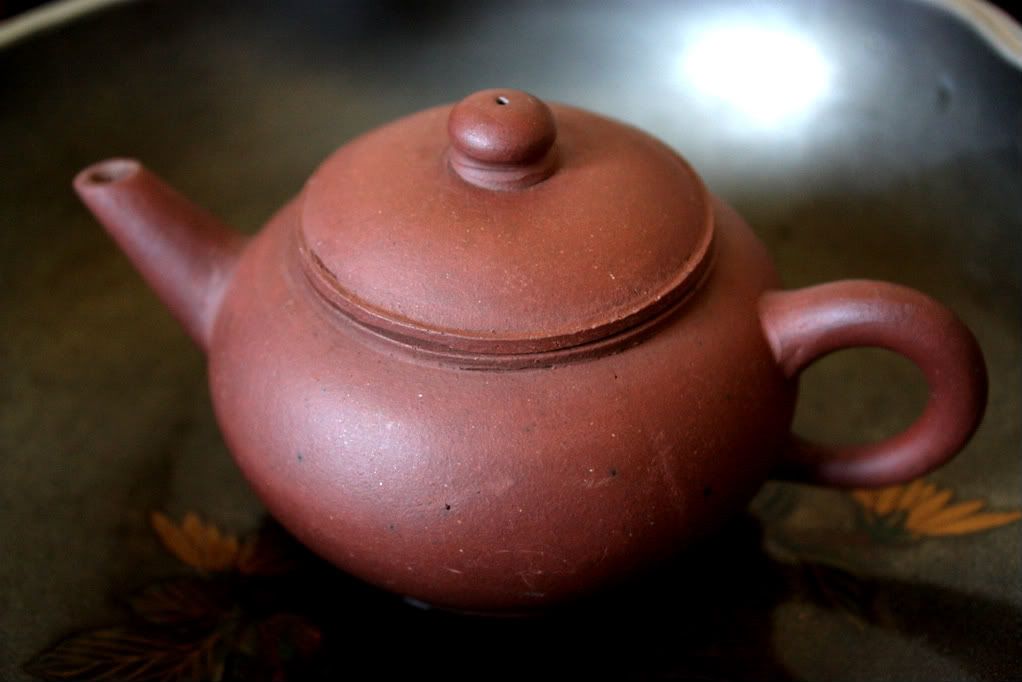
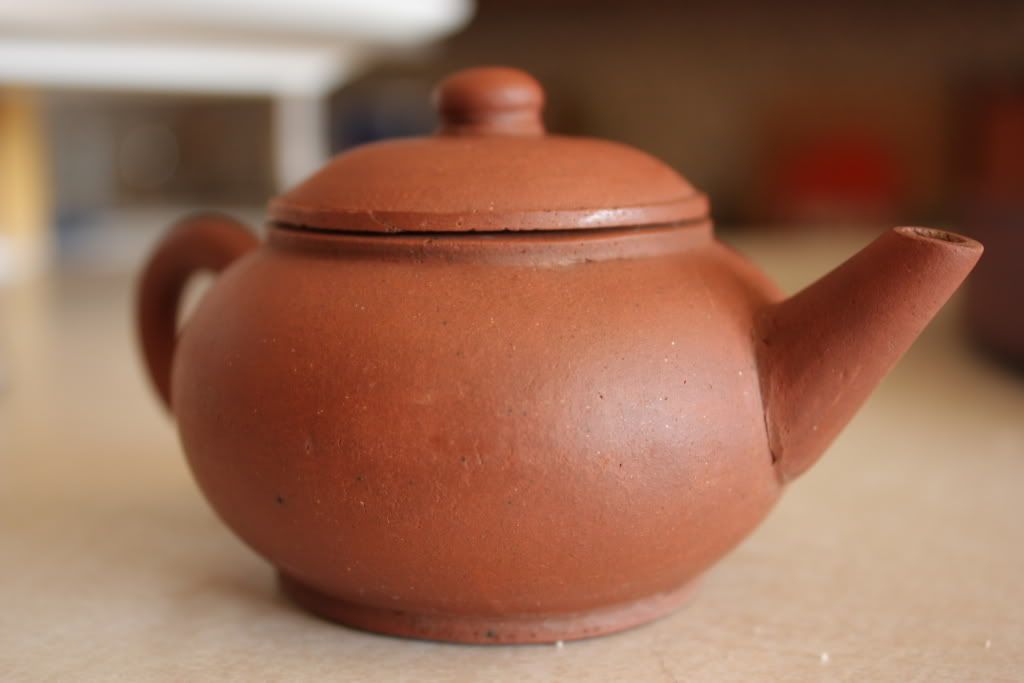
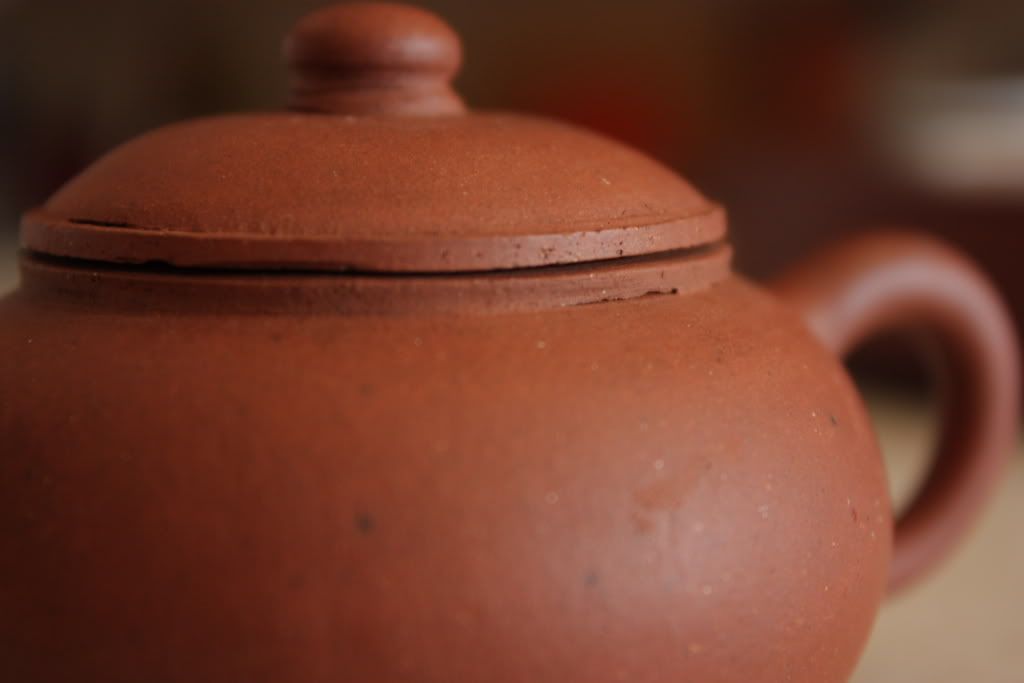
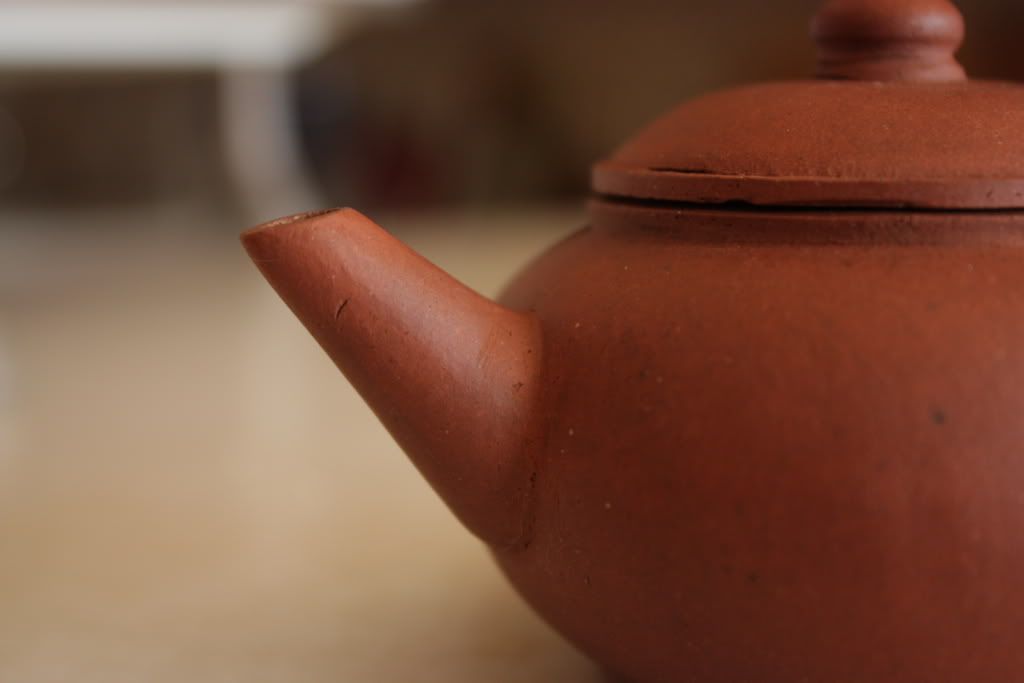
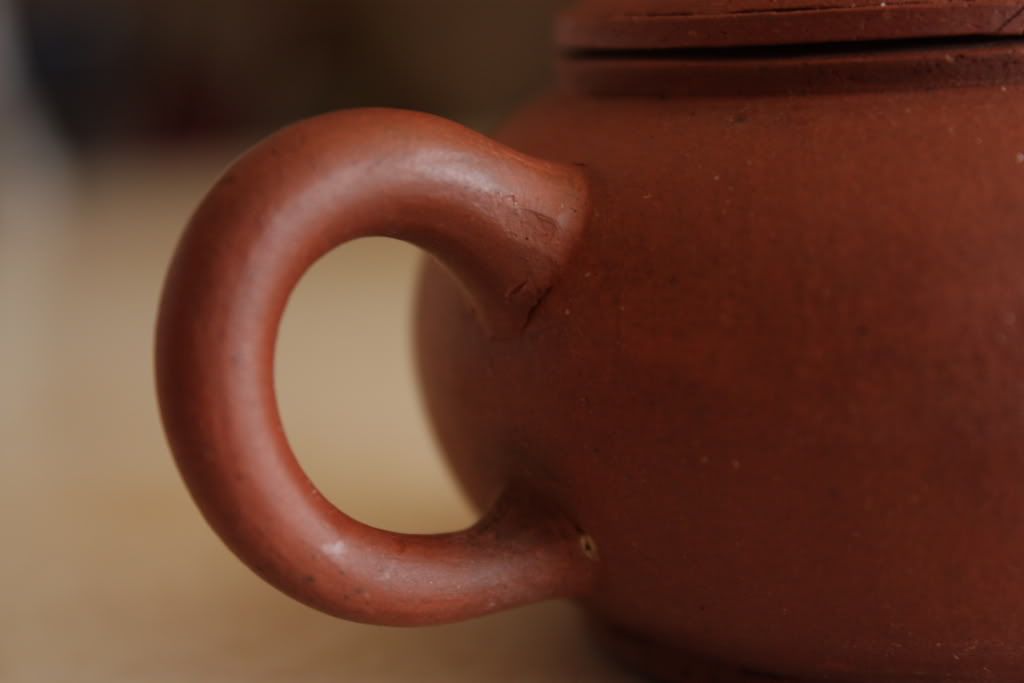

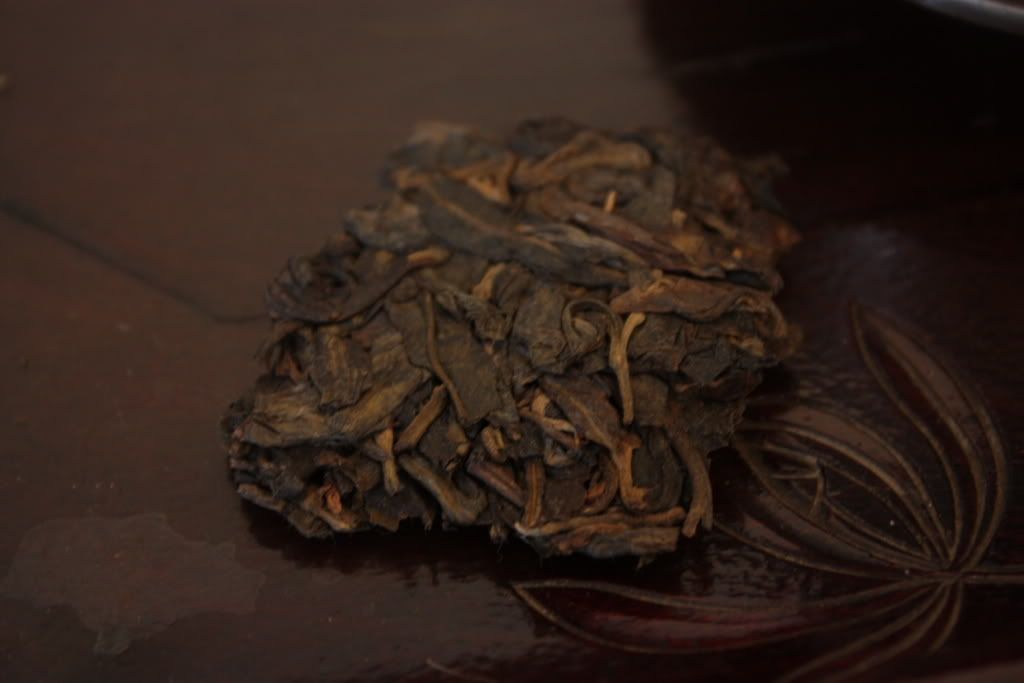
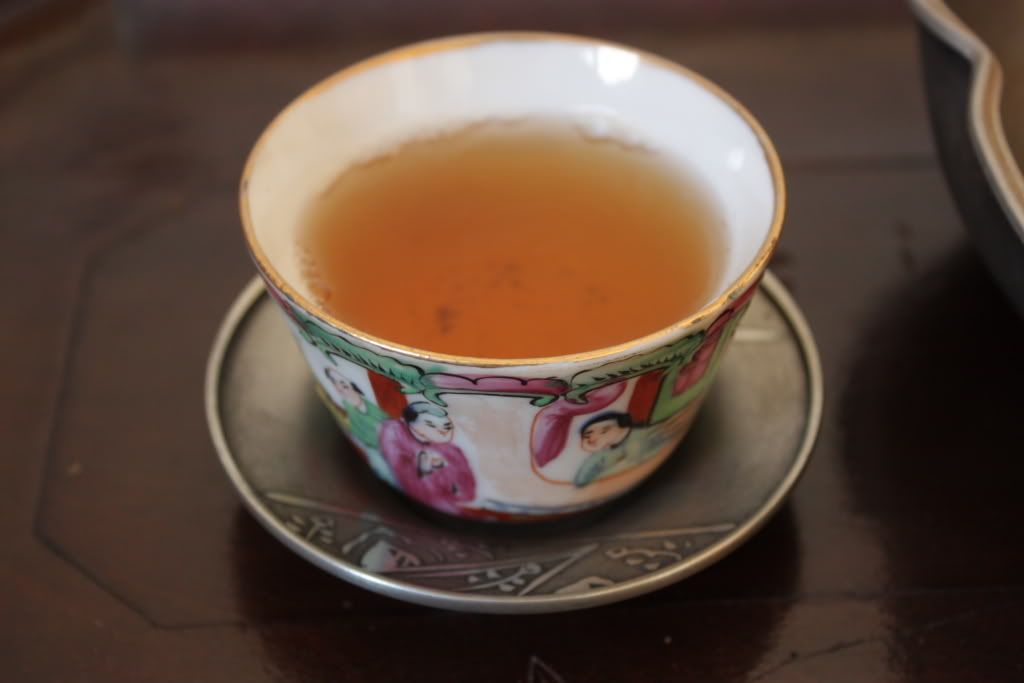
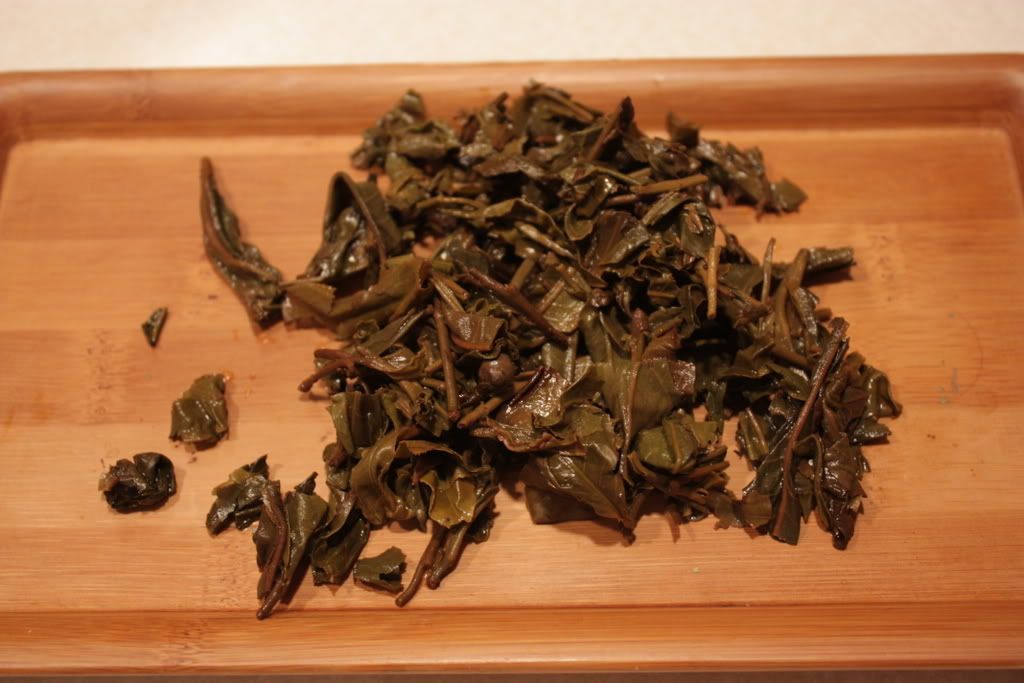
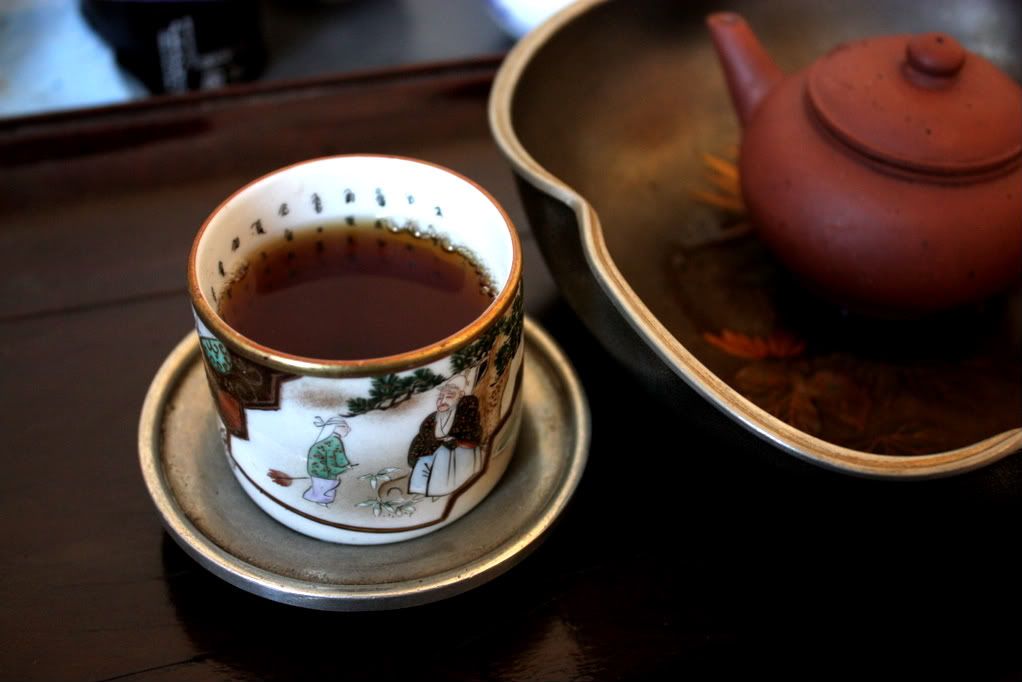
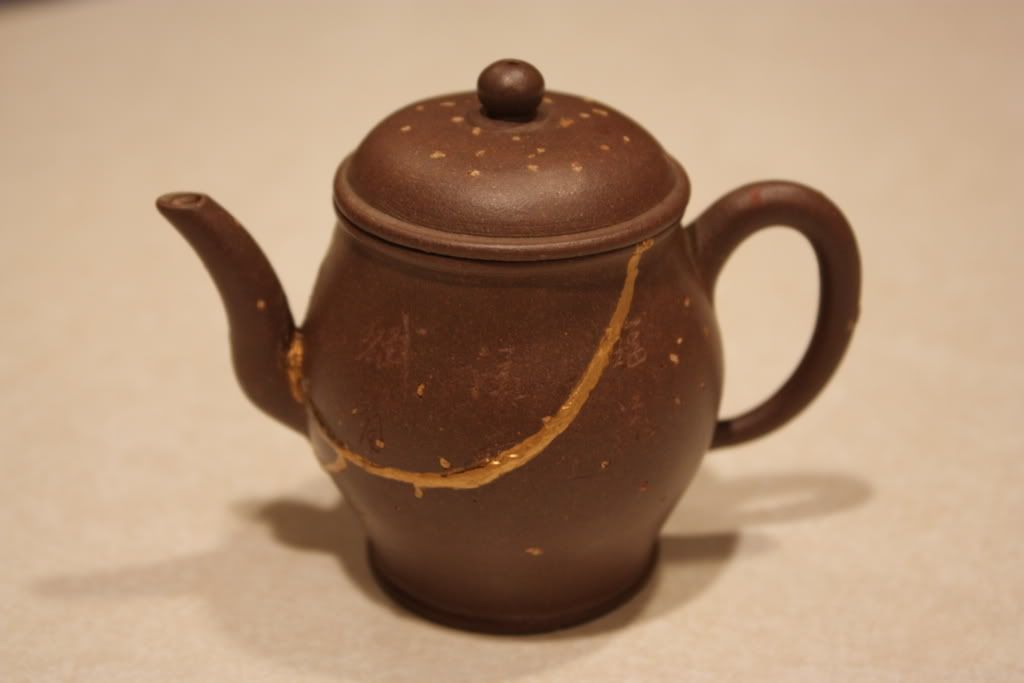
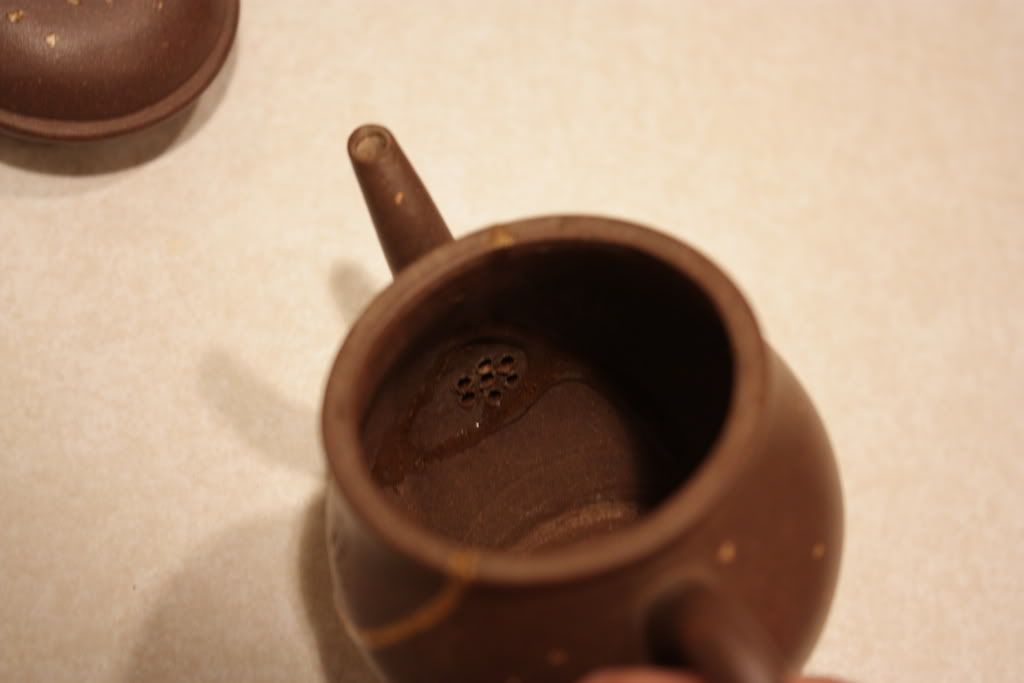
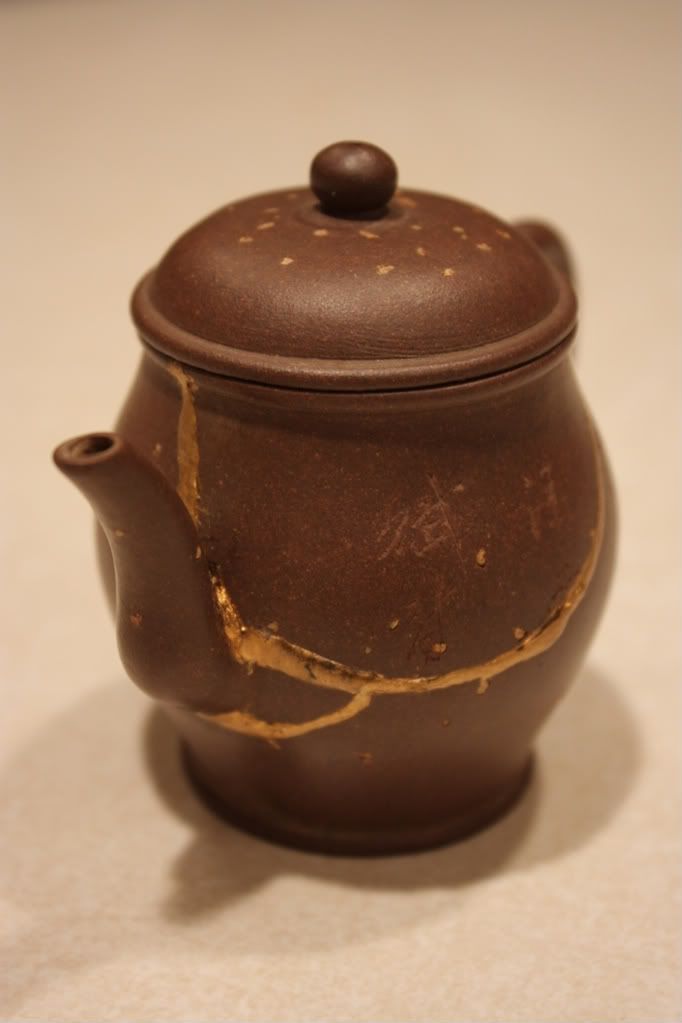
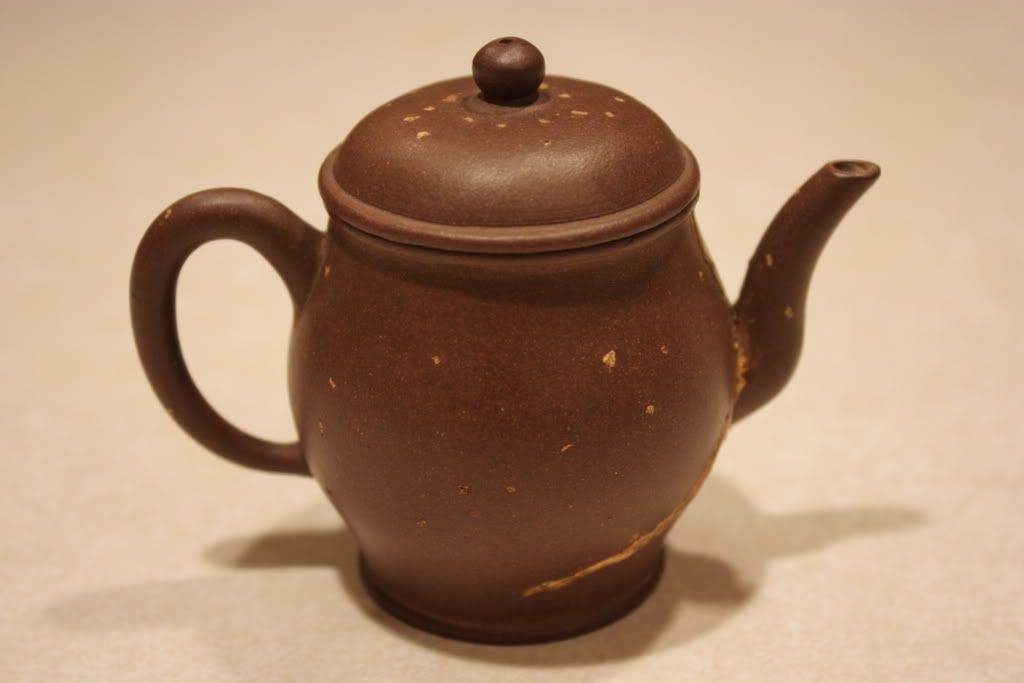
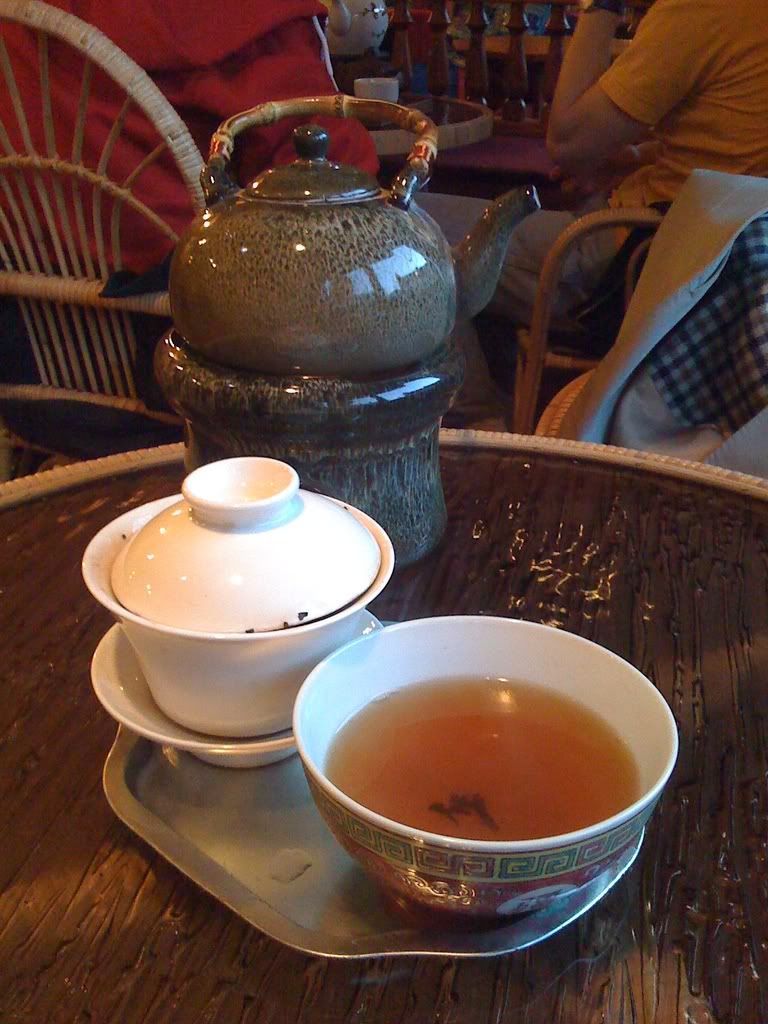
 RSS - Posts
RSS - Posts
Interesting.... would 250C in my oven work?